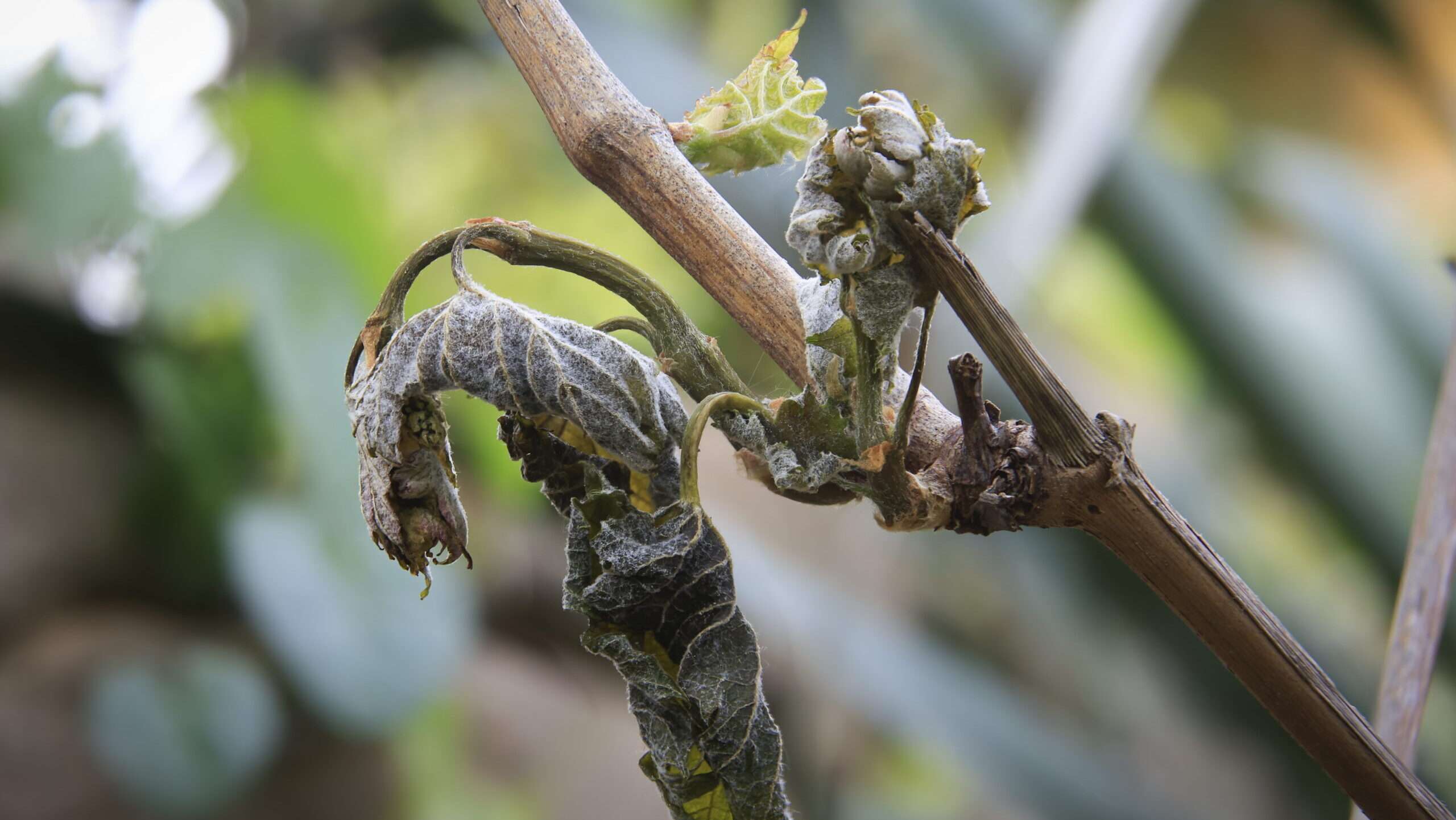The drinks world has been shaken by dramatic media stories about barren patches of California countryside, abandoned vineyards, and scores of wineries closing their doors. Photos show tens of thousands of vineyard acres being bulldozed and then pulverized into wood chips by large industrialized grinders across the Golden State.
This “Grape Apocalypse” (Grape-pocalypse?) is being portrayed as the unfortunate but inevitable outcome of declining consumer interest in wine. While that is true, it’s not the whole story.
Unsurprisingly, the wine industry is facing challenges due to inflation. Additionally, the market has been flooded with increases in imported wines and grocery store chains favoring their own private-label wine brands (like Costco’s Kirkland Signature wines or Whole Foods’ Wine Farmer).
The long-term outlook for the wine sector is grim as Millennials and Gen-Zers are not only consuming less alcohol overall than previous generations but are also increasingly choosing microbrews and craft cocktails over wine. Global wine consumption has reached a 27-year low and American wine sales dropped by 8.7 percent in 2023.
While these factors play a significant role, they overshadow the biggest industry-wide issue for wine: Strangulation by government policies.
The three-tier system that most states impose on alcohol forces wholesalers or distributors to act as government-mandated intermediaries linking alcohol producers to retail stores. The supposed rationale for the three-tier system is to prevent monopolies from forming at the producer level of the supply chain.
However, it has essentially had the opposite effect. For years, there were numerous distributors available for almost every winery. Today, there are less than 1,000 distributors for over 8,000 American wineries—and out of those distributors, only three major distributors control up to 67 percent of all U.S. wine sales (in some states this rises to over 90 percent).
This results in a form of government-endorsed collusion, where the largest distributors primarily focus on servicing accounts from the largest wineries. Many smaller and medium-sized wineries struggle to find distributors willing to carry their products. Consequently, their wines never reach store shelves, cutting off their main market access. When less wine is produced or sold, fewer grapes are required—leading to the increasing trend of vineyard destruction.
This is a lesson the government fails to learn, especially in the alcohol industry: By creating a government-mandated intermediary to prevent private alcohol monopolies at one level of the supply chain (producer level), a government-sanctioned monopoly is inevitably formed at another level. As Wine-Searcher puts it, the “arteries” of America’s wine market—the world’s largest—become “clogged,” impacting the entire supply chain up to the grapes themselves.
The solution to support independent wineries is to reform laws to allow more wineries to self-distribute their products directly to retailers, even across state lines. Even better, abolishing the three-tier system entirely and allowing alcohol to operate similarly to other industries in America.
If more wineries can survive, demand for grapes will recover—and the grape-pocalypse can be reversed before it’s too late.





